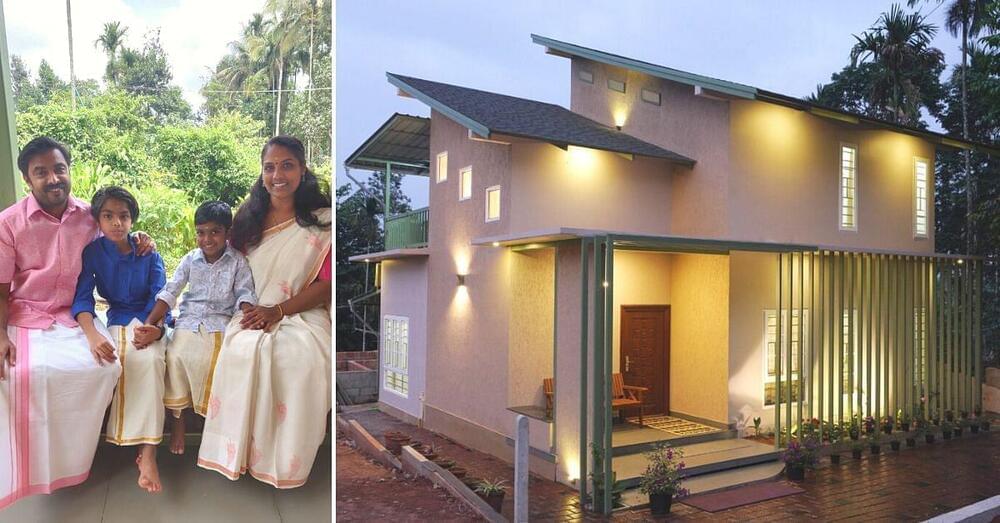Award-winning UAE property developer Binghatti has joined forces with luxury jewelry and watch brand Jacob & Co to introduce the tallest residential tower in the world, as reported by Design Boom.
Burj Binghatti.
In addition, the interior design of the homes will feature details provided by the global brand itself in its unforgettable and incomparable signature style. The structure will also host a few luxury amenities including an infinity pool overlooking downtown Dubai, a gymnasium and a spa with bespoke services.






